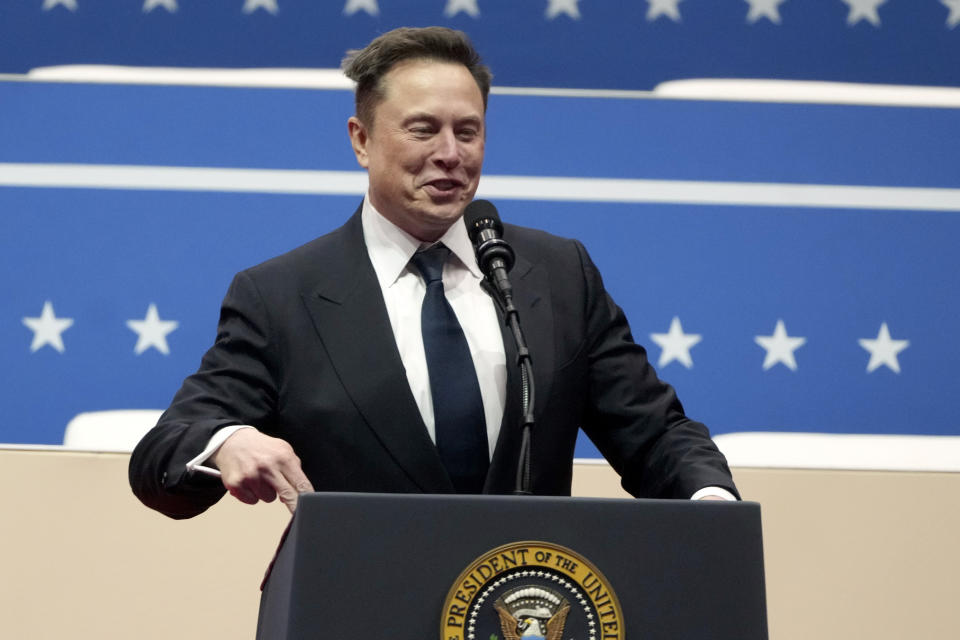Is America's Military Power Waning? China's Military Modernization And The Implications

Table of Contents
Assessing America's Current Military Capabilities
While the US military remains a formidable force, a nuanced assessment requires examining its strengths and vulnerabilities.
Technological Superiority
The US military maintains a significant technological edge in several key areas.
- Aircraft Carriers: The US Navy boasts the world's largest and most advanced fleet of aircraft carriers, providing unmatched power projection capabilities.
- Stealth Technology: The development and deployment of stealth aircraft like the F-22 Raptor and B-2 Spirit grant the US a considerable advantage in air superiority.
- Cyber Warfare: The US possesses highly sophisticated cyber capabilities, crucial for maintaining dominance in the digital battlefield.
However, these advantages are not insurmountable. China and other nations are rapidly closing the technological gap, and reliance on legacy systems presents potential vulnerabilities. The increasing sophistication of anti-access/area denial (A2/AD) technologies poses a significant challenge to US power projection capabilities.
Budget and Spending
The US military budget remains substantial, but its relative dominance is diminishing. While absolute numbers remain high, comparing the US defense budget to China's reveals a trend of increasing parity.
- US Defense Spending: The US consistently allocates a significant portion of its GDP to defense, exceeding that of any other nation. However, the efficiency of spending is a topic of ongoing debate.
- China's Defense Spending: China's defense budget has experienced dramatic growth over the past two decades, although its per capita spending still lags behind that of the US. This rapid increase represents a significant challenge to the US's relative military advantage.
The efficiency of US military spending is a critical factor. Concerns about cost overruns and acquisition delays warrant careful consideration.
Global Military Presence
The US maintains a vast network of military bases and alliances across the globe, a crucial element of its global power projection strategy.
- Key Locations: US military bases are strategically located throughout the world, enabling rapid response to global crises. Examples include bases in Japan, South Korea, Germany, and the Middle East.
- Maintaining Global Presence: However, sustaining this extensive global presence is costly and faces increasing challenges, including anti-American sentiment in certain regions and the rise of competing powers. The changing geopolitical landscape demands a reevaluation of the strategic value of these bases.
China's Military Modernization: A Rapid Ascent
China's military modernization is arguably the most significant factor impacting the global power balance.
Technological Advancements
China has made remarkable strides in key military technologies, posing a direct challenge to US technological superiority.
- Hypersonic Weapons: China's development of hypersonic weapons systems presents a serious threat to US defenses.
- Artificial Intelligence (AI): China is heavily investing in AI for military applications, including autonomous weapons systems.
- Naval Capabilities: China's naval modernization, including the expansion of its aircraft carrier fleet and the development of advanced submarines, is significantly altering the balance of power in the Indo-Pacific region.
These advancements are rapidly eroding America's technological edge.
Expanding Military Budget and Investment
China's defense budget has experienced sustained and significant growth.
- Budget Growth: Over the past decade, China's defense spending has increased dramatically, enabling massive investments in modernizing its military capabilities.
- Investment Implications: This increased investment is directly fueling China's military modernization efforts across all branches of its armed forces.
Assertiveness in Regional Disputes
China's increasingly assertive actions in regional disputes represent a further challenge to the established global order.
- South China Sea: China's assertive actions in the South China Sea, including the construction of artificial islands and the deployment of military assets, have heightened tensions in the region.
- Taiwan Strait: China's increasing military activity around Taiwan raises concerns about the potential for conflict.
This assertiveness underscores China's growing confidence in its military capabilities.
The Implications of Shifting Global Power Dynamics
The shifting power balance between the US and China has profound implications for global security and stability.
Geopolitical Instability
The competition between the US and China raises the risk of regional and global instability.
- Potential Flashpoints: The South China Sea, Taiwan Strait, and East European regions are potential flashpoints for conflict.
- Risk of Miscalculation: The increased military capabilities of both nations raise the risk of miscalculation and accidental escalation.
The Future of Alliances
Existing alliances are being tested, and new alliances are likely to emerge in response to China's growing influence.
- NATO and QUAD: Alliances like NATO and the Quad (US, Japan, Australia, India) are adapting to the new geopolitical realities, strengthening their cooperation to counter China's influence.
- Shifting Allegiances: Smaller nations may find themselves pressured to choose sides, leading to potential shifts in alliances.
Economic and Trade Implications
The shift in global military power has profound economic and trade implications.
- Trade Wars and Sanctions: Trade disputes and sanctions between the US and China reflect the growing economic and geopolitical competition.
- Impact on Supply Chains: Disruptions to global supply chains could occur as tensions rise between the US and China.
Conclusion: Is America's Military Hegemony Under Threat? A Call to Action
This analysis has shown that while America retains significant military capabilities, China's rapid military modernization presents a serious challenge to its long-held global dominance. The question, "Is America's military power waning?" is not easily answered; the situation is complex, filled with nuances and uncertainties. The future of America's military power in the face of China's rise depends on a multitude of factors, including continued investment in technology, strategic adjustments to global presence, and effective responses to China's assertive actions. It is crucial to remain informed about this evolving dynamic and engage in thoughtful discussions about the future of US military power and its role in a rapidly changing world. Continued research and informed debate are essential to navigate this period of shifting global power dynamics and ensure a stable and secure future. Understanding the complexities of America's military power in the face of China's rise is crucial for everyone.

Featured Posts
-
 Former Nypd Commissioner Bernard Keriks Hospitalization Update On His Condition
May 31, 2025
Former Nypd Commissioner Bernard Keriks Hospitalization Update On His Condition
May 31, 2025 -
 Elon Musk Under Scrutiny Examining His Recent Decisions
May 31, 2025
Elon Musk Under Scrutiny Examining His Recent Decisions
May 31, 2025 -
 Banksy Print Sales A 22 777 000 Market Report
May 31, 2025
Banksy Print Sales A 22 777 000 Market Report
May 31, 2025 -
 Dren Bios Bispecific Engager Technology Acquired By Sanofi
May 31, 2025
Dren Bios Bispecific Engager Technology Acquired By Sanofi
May 31, 2025 -
 Giro D Italia 2025 Vatican City To Host Final Stage In Papal Honor
May 31, 2025
Giro D Italia 2025 Vatican City To Host Final Stage In Papal Honor
May 31, 2025
